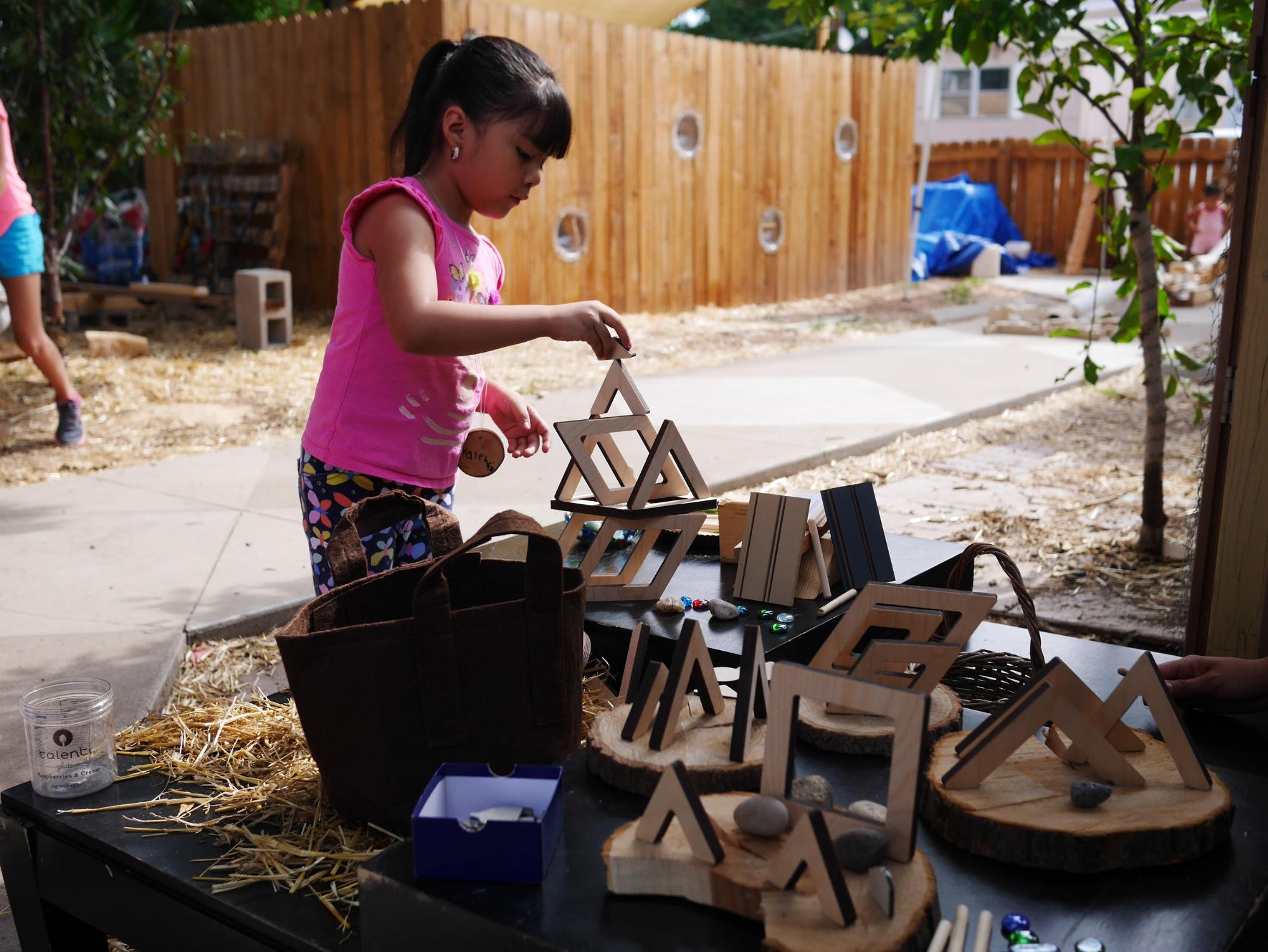This blog is part 2 in a series by Nancy Brown, retired early childhood educator and friend of Kodo. Read Part 1 here: Questions About the Changing Roles of Teachers
 This blog was written by Nancy Brown, Early Childhood Educator
Nancy brown is a retired Early Childhood educator and co-creator of Highrise Building Sets. After having taught ECE at Cabrillo College in Aptos, CA, she directed programs and taught first grade and preschool since 1972. She recently developed a site for teacher reflection and individualized professional development for the California Department of Education, Early Education Division and makes toys and writes books for her six grandchildren.
This blog was written by Nancy Brown, Early Childhood Educator
Nancy brown is a retired Early Childhood educator and co-creator of Highrise Building Sets. After having taught ECE at Cabrillo College in Aptos, CA, she directed programs and taught first grade and preschool since 1972. She recently developed a site for teacher reflection and individualized professional development for the California Department of Education, Early Education Division and makes toys and writes books for her six grandchildren.
Learning Through Play in Preschool
Preschool teachers are fortunate. We don’t have to tell children to do their work before they can play. We know that through spontaneous and extended play, curiosity and creativity will blossom and that children will learn. In fact, in preschool, children begin to acquire all the skills listed below as they prepare to meet the demands of the twenty-first century. Designing a program around these as goals might make for a pretty impressive program. Skills for the twenty-first century can be grouped in three categories:- Learning Skills: Critical Thinking, Creative Thinking, Collaboration, and Communication
- Literacy Skills: Information Literacy, Media Literacy, and Technology Literacy
- Life Skills: Flexibility, Initiative, Social Skills, Productivity, and Leadership
 This blog was written by Nancy Brown, Early Childhood Educator
Nancy brown is a retired Early Childhood educator and co-creator of Highrise Building Sets. After having taught ECE at Cabrillo College in Aptos, CA, she directed programs and taught first grade and preschool since 1972. She recently developed a site for teacher reflection and individualized professional development for the California Department of Education, Early Education Division and makes toys and writes books for her six grandchildren.
This blog was written by Nancy Brown, Early Childhood Educator
Nancy brown is a retired Early Childhood educator and co-creator of Highrise Building Sets. After having taught ECE at Cabrillo College in Aptos, CA, she directed programs and taught first grade and preschool since 1972. She recently developed a site for teacher reflection and individualized professional development for the California Department of Education, Early Education Division and makes toys and writes books for her six grandchildren.

Share:
Kodo's TV Debut on Treehouse Masters
Flexnest, an SDSU and Kodo Collaboration Project, Receives National Award